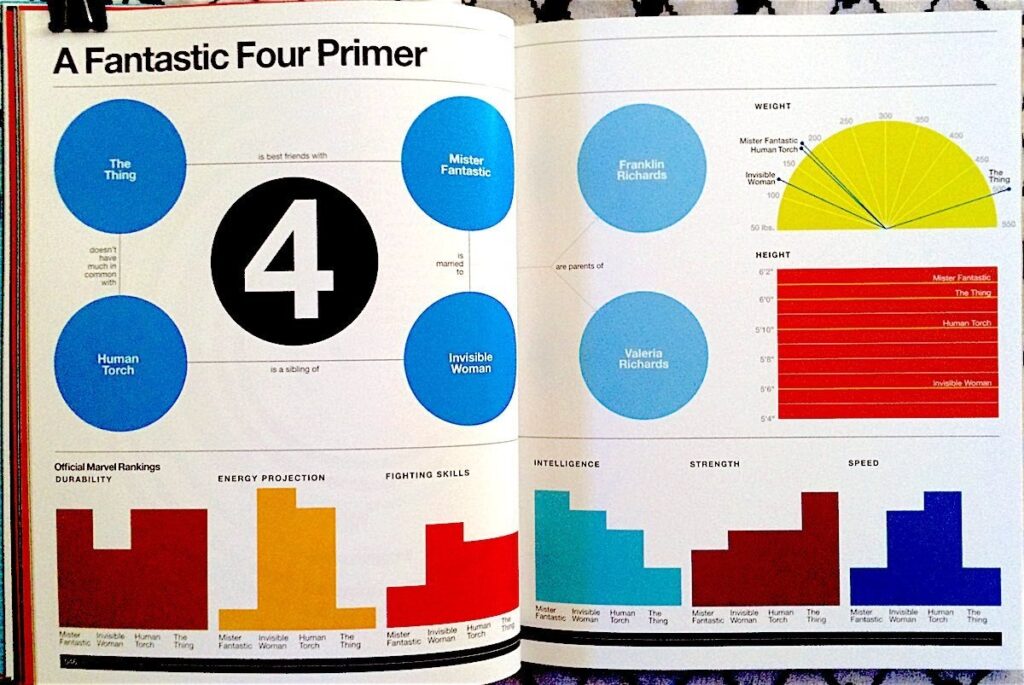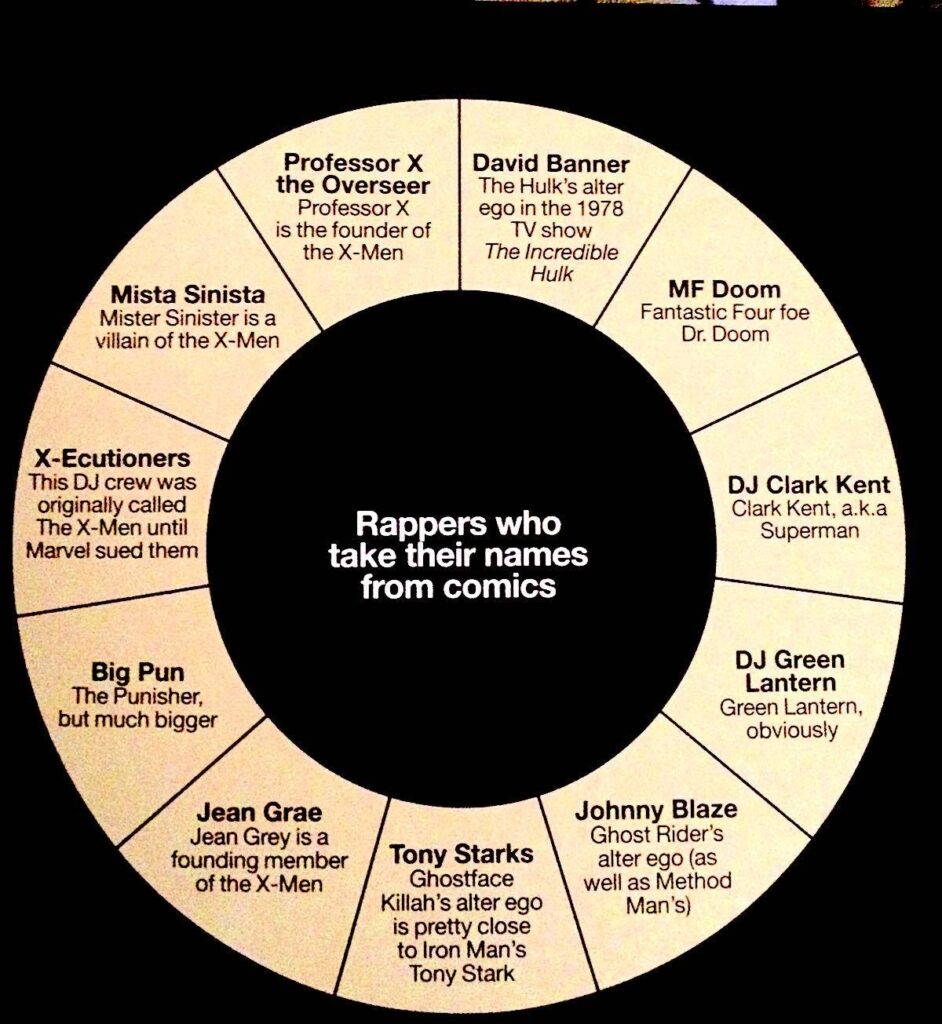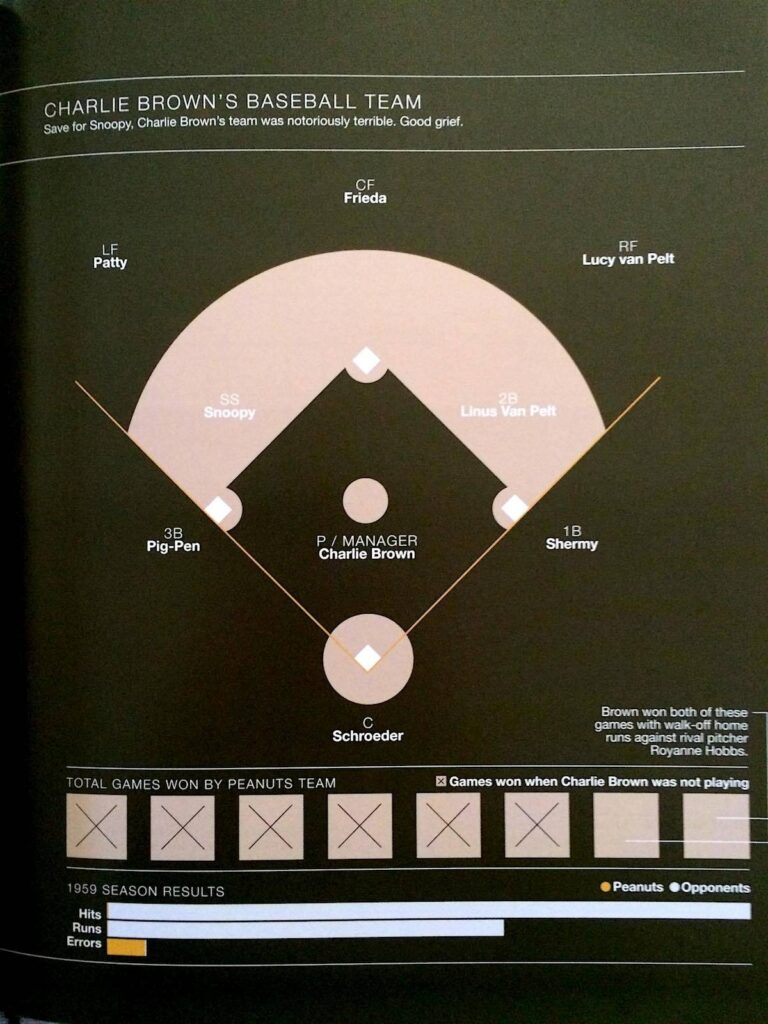Universal Principles of Design
Practical design solutions
This is a fantastic catalog of design guidelines that apply to almost anything you might want to design. These 125 principles are not infallible rules, but rather recurring patterns that are found in the best designs. This tome is sort of a “pattern language” for industrial, graphic, and system designers. The different patterns can be combined and recombined in many ways. It will be most useful for engineers, architects, product designers, inventors and prototypers. It can be used in tandem with the previously reviewed 40 Principles, which is a “pattern language” of engineering principles.
03/9/12Excerpt
Contour Bias: A tendency to favor objects with contours over objects with sharp angles or points.
…This seems consistent with the kind of innate response one would expect from potential threats and suggests a tradeoff between angular and contoured features: Angular objects are more effective at attracting and engaging thought; contoured objects are more effective at making a positive emotional and aesthetic impression.
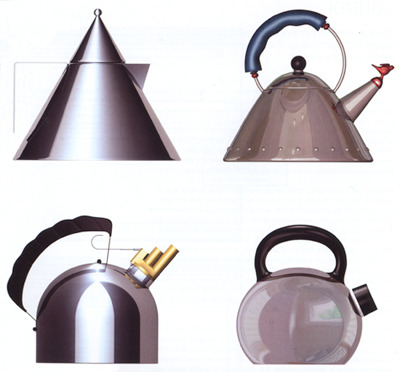
From the top left to bottom right, the Alessi il Conico, 9093, 9091, and Mami kettles arranged form most angular to most contoured. At the extremes of this continuum, the il Conico will be most effective at grabbing attention, and the Mami will be most liked generally. The 9093 and 9091 incorporate both angular and contoured features, balancing attention-getting with likeability. Historically, the il Conico and 9093 are Alessi's best-selling kettles.
*
Interference Effects: A phenomenon in which mental processing is made slower and less accurate by competing mental processes.
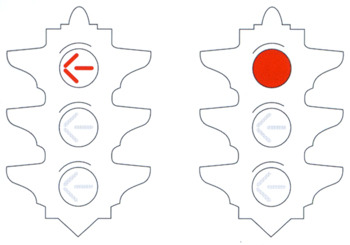
In populations that have learned that a traffic arrow always means go, the introduction of a red arrow in new traffic lights creates potentially dangerous interference.
*
Law of Pragnanz: A tendency to interpret ambiguous images as simple and complete, versus complex and incomplete.
The law of Pragnanz is one of several principles referred to as Gestalt principles of perception. It asserts that when people are presented with a set of ambiguous elements (elements that can be interpreted in different ways), they interpret the elements in the simplest way. Here, "simplest" refers to arrangements having fewer rather than more elements, having symmetrical rather than asymmetrical compositions, and generally observing the other Gestalt principles of perception.
Therefore, minimize the number of elements in a design. Note that symmetrical compositions are perceived as simpler and more stable than asymmetrical compositions, but symmetrical compositions are also perceived to be less interesting. Favor symmetrical compositions when efficiency of use is the priority, and asymmetrical compositions when interestingness is the priority.

Low resolution images (let) of a rock formation on Mars led many to conclude that intelligent life once existed there. Higher-resolution images (right) taken some years later suggest a more EArth-based explanation: Humans tend to add order and meaning to patterns and formations that do not exist outside their perception.
*
Mapping: A relationship between controls and their movements or effects. Good mapping between controls and their effects results in greater ease of use.
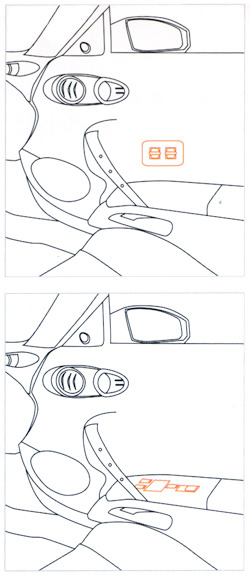
The relationship between the window control and the raising and lowering of the window is obvious when it is mounted on the wall of the door (good mapping), but ambiguous when mounted on the surface of the armrest (poor mapping).
*
Recognition Over Recall: Memory for recognizing things is better than memory for recalling things.
The advantages of recognition over recall are often exploited in the design of interfaces for complex systems. For example, early computer systems used a command line interface, which required recall memory for hundres of commands. The effort associated with learning the commands made computers difficult to use. The contemporary graphical user interface, which presents commands in menus, allows users to browse the possible options, and select from them accordingly. This eliminates the need to have the commands in recall memory, and greatly simplifies the usability of computers.
Universal Principles of Design William Lidwell, Kritina Holden, Jill Butler 2010, 272 pages $17














